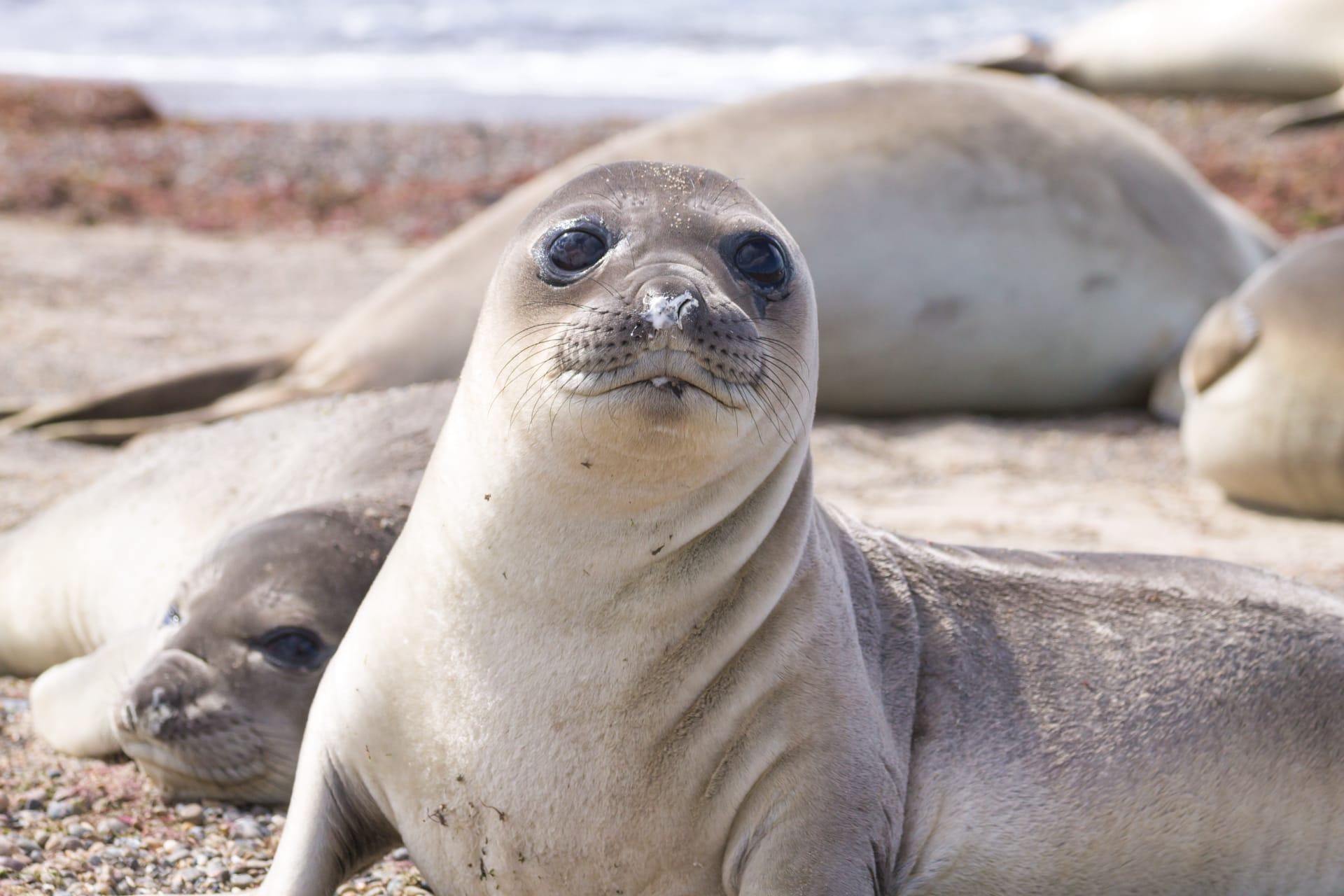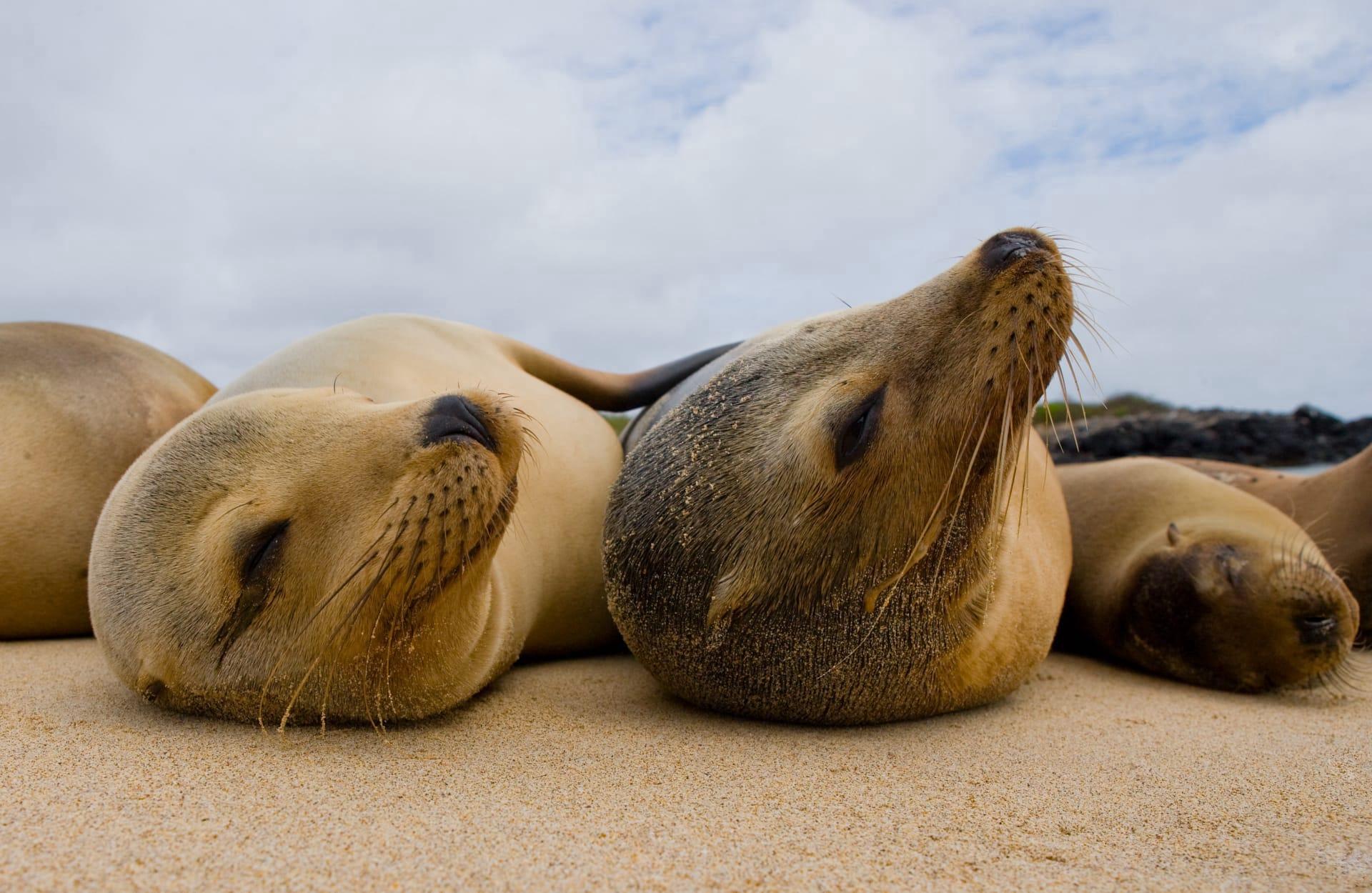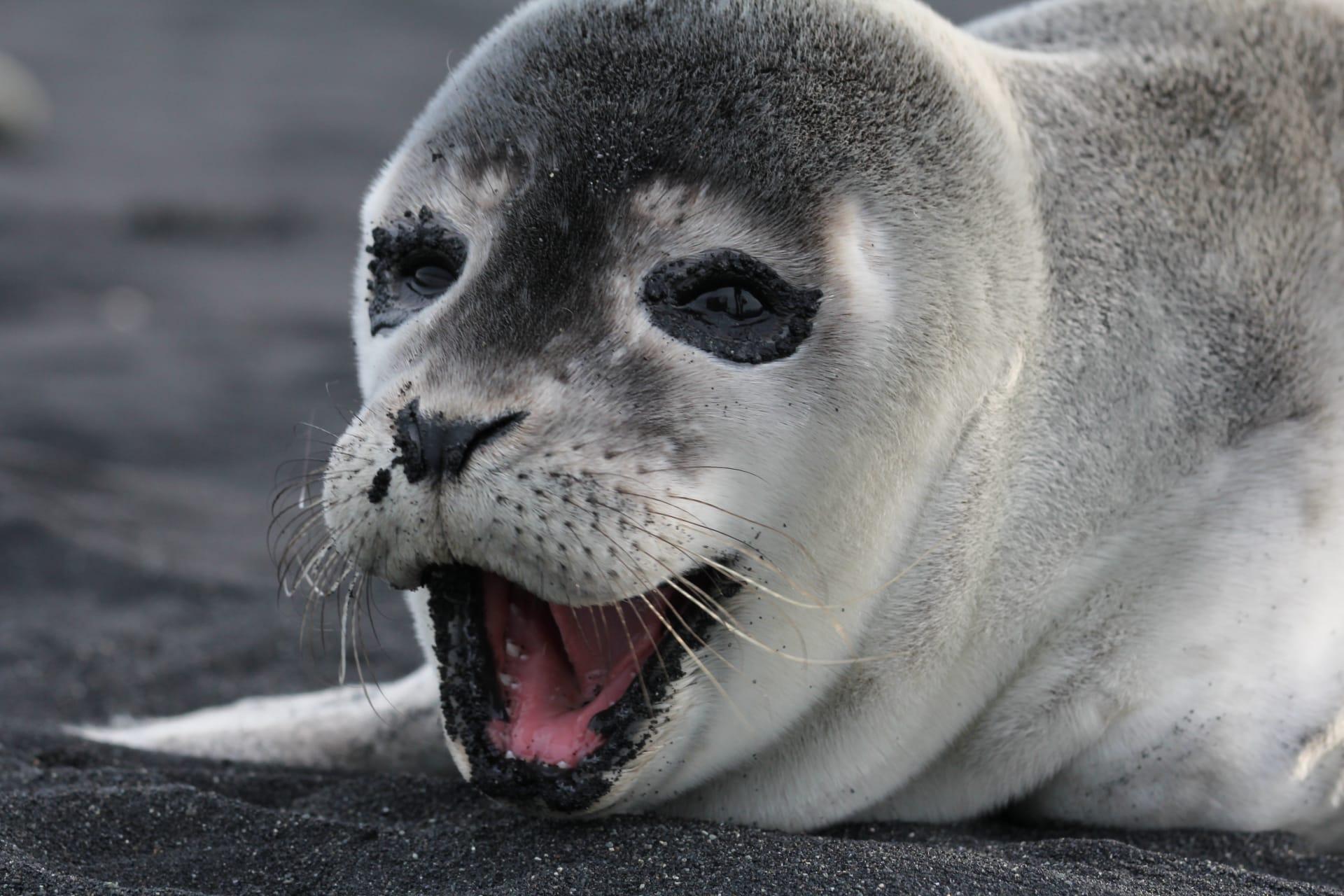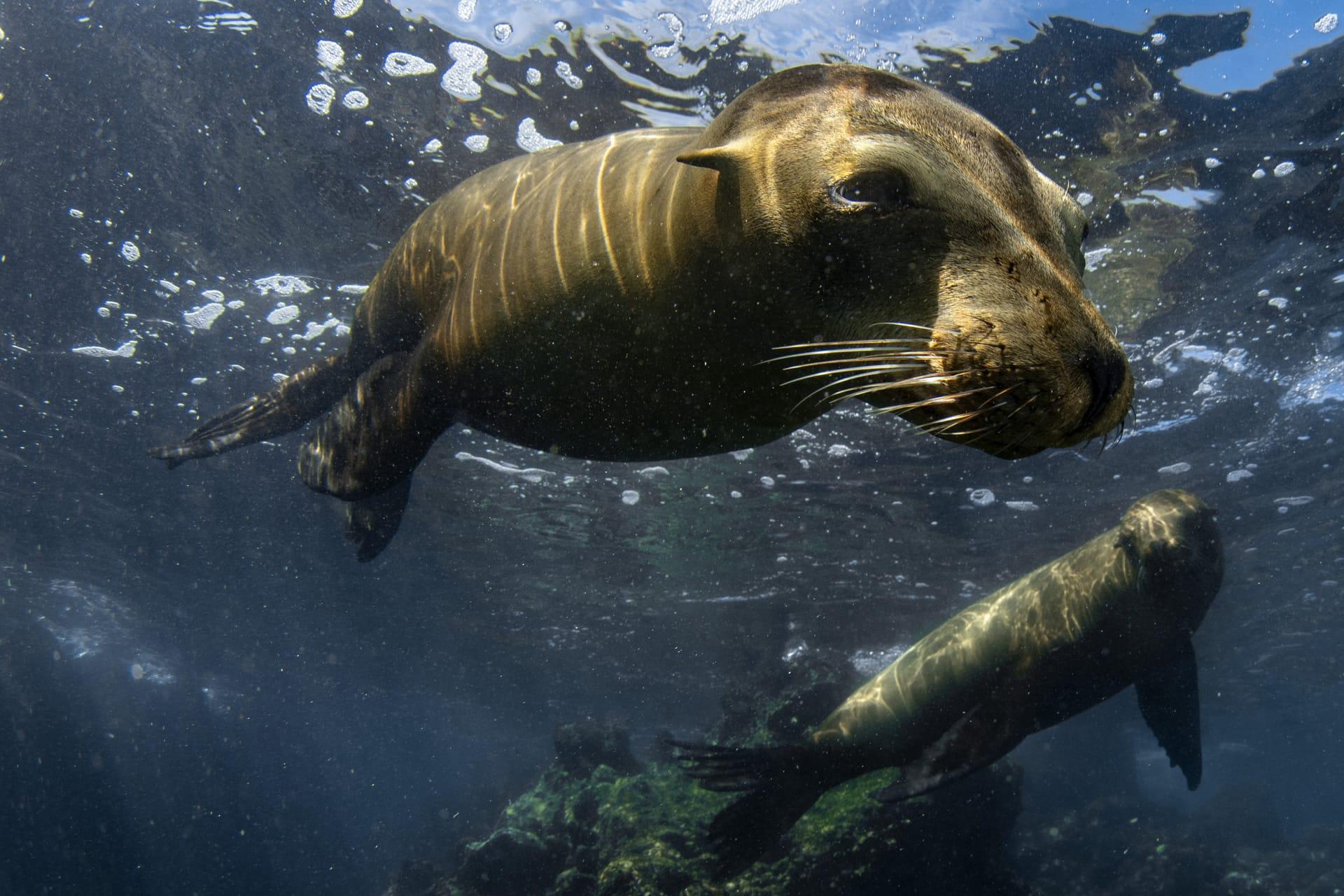1
Sea lions are renowned for their intelligence and have been found to possess the ability to understand symmetry, transitive inference, and even simple arithmetic. In controlled experiments, they've demonstrated the capability to associate symbols with numbers, showing a level of cognitive skills similar to that of dolphins and primates. This intelligence is a key factor in their survival, aiding them in hunting and social interactions.
Another fascinating aspect of sea lions is their vocalization abilities. Unlike many marine mammals, sea lions can produce a wide range of sounds both underwater and on land. They use these sounds for various purposes, including social communication, mating calls, and territorial defense. Each sea lion has a unique vocalization pattern, which helps them recognize each other and maintain social structures within their groups.

2
Sea lions are incredibly agile swimmers, thanks to their streamlined bodies and powerful flippers. They can reach speeds of up to 25 miles per hour (40 kilometers per hour) in water, which is crucial for escaping predators like sharks and for catching their speedy prey, such as fish and squid. This agility also allows them to perform complex acrobatics in the water, a trait often showcased in aquatic shows.
Despite being marine animals, sea lions are also adept at moving on land. They have a unique ability among pinnipeds (seals, sea lions, and walruses) to rotate their hind flippers forward, enabling them to walk on all fours on land. This mobility is essential for accessing breeding grounds and resting areas on rocky shores and beaches, where they spend a significant amount of time.

3
Sea lions have an exceptional diving capability. They can dive to depths of over 800 feet (about 244 meters) and hold their breath for nearly 10 minutes. This adaptation allows them to reach deep-swimming prey and escape from surface predators. Their blood contains a high concentration of myoglobin, a protein that stores oxygen, which supports their extended dives.
Another interesting fact about sea lions is their whiskers, or vibrissae, which are highly sensitive and play a crucial role in their hunting strategy. These whiskers can detect minute vibrations in the water, helping them locate prey even in complete darkness or murky waters. This sensory adaptation is particularly useful in the deep sea, where light is scarce.

4
Sea lions are very social animals, often seen resting closely packed on beaches or floating together in groups at sea, a behavior known as "rafting." These social structures are important for protection against predators and for thermoregulation, as they huddle together for warmth. The size of these groups can range from a few individuals to hundreds, depending on the species and habitat.
Regarding reproduction, sea lions exhibit a unique behavior known as "lekking." During breeding season, male sea lions establish territories and display various behaviors to attract females. These displays include vocalizations, physical posturing, and sometimes combat with other males. Females then choose a mate based on these displays. This mating system is relatively rare among mammals and highlights the complex social dynamics of sea lions.

5
Sea lions are not just skilled hunters; they also display opportunistic feeding behaviors. They have been observed following fishing boats to feed on bycatch, scavenging on dead fish, and even stealing catches from fishermen's nets. This adaptability in diet has helped them survive in various environments, although it sometimes leads to conflicts with humans.
Sea lions play a crucial role in their ecosystems as both predators and prey. They help maintain the balance in marine environments by controlling fish populations. However, they are also prey for larger marine predators like killer whales and great white sharks. This dual role highlights their importance in the marine food web and the need for their conservation to maintain healthy ocean ecosystems.